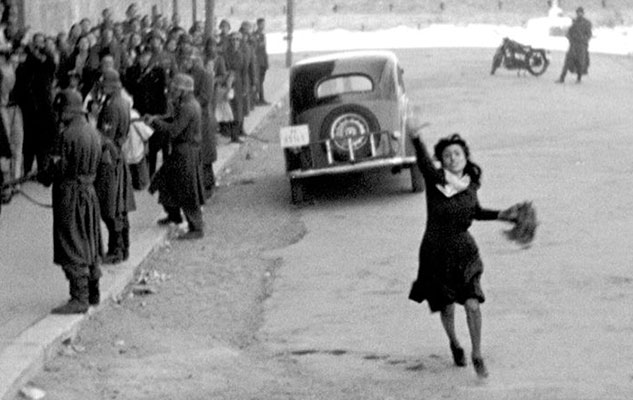GP. I think memes are most of the time inclusive, as that they refer to a culture that is widely shared, the pop culture indeed. For example, Star Wars broadly belongs to collective consciousness and therefore is one of the most used basis for memes. Obviously memes could also be exclusive since their meaning could be intelligible to specific generational or cultural sub-groups 3.
On the other side, if you are referring to inclusiveness or exclusiveness in the context of their production, I would say that they are one of the most inclusive, bottom-up and non-authoritarian means of expression, and this is one of the reason why we are analyzing them.
SAP. Then why are memes created? What is their function?
GC. I think one of their main purposes is to mock. Who? Politicians, vips, show-biz people, particular situations, even tragic events; because through irony you initiate a cathartic process. Mocking is controlling, it means reacting and establishing a position of superiority or equality to the subject of the meme itself.
SAP. Through irony you get in control of something by making it accessible and understandable. By using simple and shared images, the event is re-elaborated from a bottom-up perspective, creating a kind of history from below. It unveils the narrative given by authorities and shares the emotion of people.
GP. Yes, exactly. That’s why I think memes in their production and their use well fit a strategy of irony as a counteract.
Do you think memes help to express an opinion without revealing the author? I mean are there famous memes authors? What is their role, if there is one?
SAP. The particular feature of memes is that they compose an anonymous voice, where authorship is not considered necessary anymore. Due to this, they are able to build the social memory of a group, they can be hacked, appropriated and reinterpreted by everyone.
We can look at them as the modern version of oral culture and stories. It was only with the invention of books that the concept of authorship was introduced for the first time.
Another important aspect is that structurally memes are able to camouflage their meaning to convey their message. They become an encrypted language and this is a very essential feature in order to communicate in more and more controlled and militarized networks.
GP. You mentioned social memory. Since memes are reacting to urgent and current topics (news, facts and events), do you think in the future we’ll be able to read the history of these years through memes? Will we find them in history books?
SAP. Memes are strongly dependent on the events they talk about and their continuity on time depends on their ability of adaptation. Spongebob can become an environmental activist representing a specific human feature while reacting to particular events.
For us Spongebob is still a cartoon transformed in an environmental activist, but for our grandsons it could be just the latter. It depends on how much its image is fixed in our cultural references.
GP. It depends on the frequency and the time span of its use. If we keep on using it with this specific meaning for longer than the cartoon’s existence, it can have an independent cultural life from its reference. And this is already happening in some memes, for example the troll face, nobody wonders anymore where it comes from, we just take it for granted.
SAP. Will it be possible to understand nowadays events in the future through memes?
GP. Yes, but it could be difficult. Memes need to be archived. Need to be translated, decrypted in a way we can read them without the link to their original context and cultural reference. For example, look at what Know-Your-Meme is doing.
SAP. Can we use them to tell the story of a specific nation / state / group? Do you think it would be relevant to tell the counter-history created through memes, in situation where history, events and opinions are dictated from above?
GC. Memes could be considered as the first digital visual history ever done by the crowd. They tell us about the stories of people, and not the history of facts, by collecting the trivial aspects of daily life: the most successful tv show, the most followed twitter account, the most popular music, and so on.
The creation of a crowd participated history is important especially when it differs from the top-down one. This is happening in China for example where memes are becoming a tool of democratic subversion 4.













